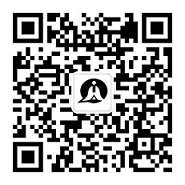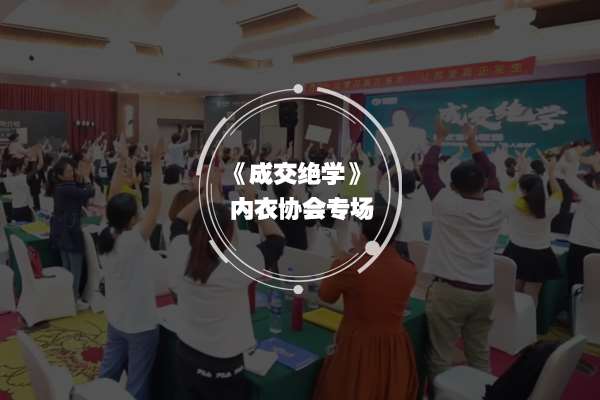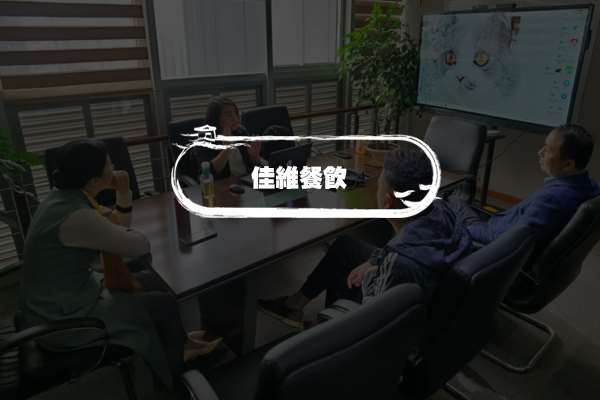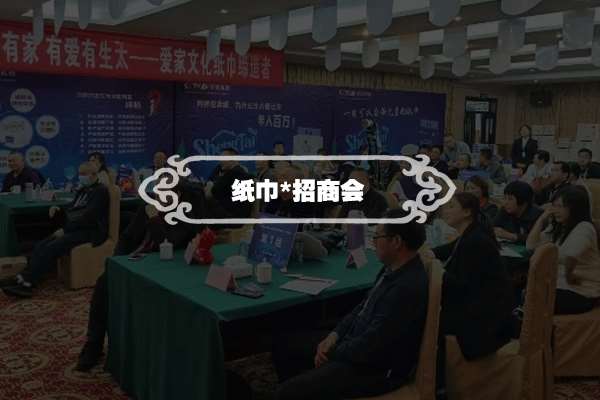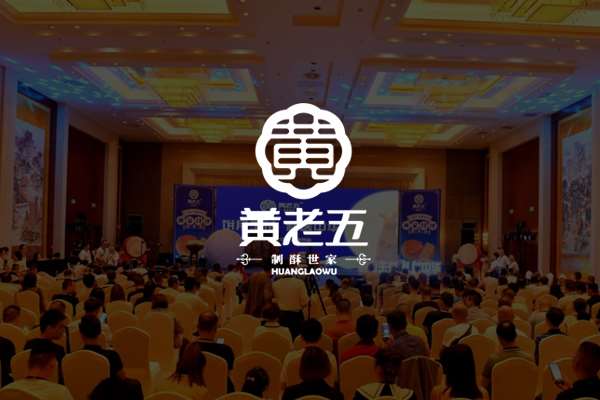Title: Business Model Study for Elderly Care Products
1. Introduction:
The aim of this research is to explore the business model of the elderly care products industry. The purpose is to identify the key components of a successful business model in this sector, understand the market dynamics, and propose strategies for market entry and growth. This study will focus on analyzing the needs and preferences of the elderly population to create a business model that can effectively address their requirements.
2. Research Objectives:
- Identify the current market size and growth rate of the elderly care products industry.
- Analyze target customer segments and their needs.
- Understand the key competitors and their business models.
- Define potential distribution channels and marketing strategies.
- Develop recommendations for a viable business model in the elderly care products industry.
3. Methodology:
- Desk research: Conduct a thorough literature review on the elderly care products industry, including market reports and academic studies, to gather existing knowledge and data.
- Primary research: Conduct surveys and interviews with key stakeholders, such as elderly care facilities, caregivers, and product manufacturers, to gain insights into their perspectives, challenges, and expectations.

- Competitive analysis: Analyze competitors' business models, pricing strategies, distribution channels, and marketing activities to identify best practices and areas for differentiation.
- Financial analysis: Conduct a cost analysis and revenue projection to evaluate the profitability and sustainability of different business models.
4. Key Components of Business Model:
- Product range: Identify the most demanded elderly care products, such as mobility aids, incontinence products, medication management, and personal care items.
- Pricing strategy: Define competitive pricing strategies, taking into consideration the target market segment's willingness to pay and competitor pricing.
- Distribution channels: Evaluate potential channels including physical stores, e-commerce platforms, partnerships with healthcare providers, and targeted advertising. Assess the advantages, disadvantages, and costs associated with each channel.
- Marketing strategy: Develop marketing strategies targeting both end consumers and caregivers, leveraging both online and offline channels.
- Customer support: Design an effective customer support system to enhance customer satisfaction and loyalty.
- Sustainability: Assess the long-term viability and scalability of the proposed business model.
5. Expected Timeline:
- Desk research: 2 weeks

- Primary research: 4 weeks
- Competitive analysis: 2 weeks
- Financial analysis: 2 weeks
- Business model development: 2 weeks
- Report writing and presentation: 3 weeks
6. Deliverables:
- A comprehensive report summarizing the research findings, including market analysis, competitor analysis, and proposed business model.
- Presentation slides that highlight the key findings and recommendations.
7. Budget:
The research budget will cover expenses related to data collection, primary research, business model development, and report writing. A detailed budget will be proposed separately based on the requirements and resources needed.
In conclusion, this research aims to provide insights into the business model of the elderly care products industry. By understanding the market dynamics and identifying the needs of the elderly population, we can propose effective strategies to establish and sustain a successful business in this sector.


